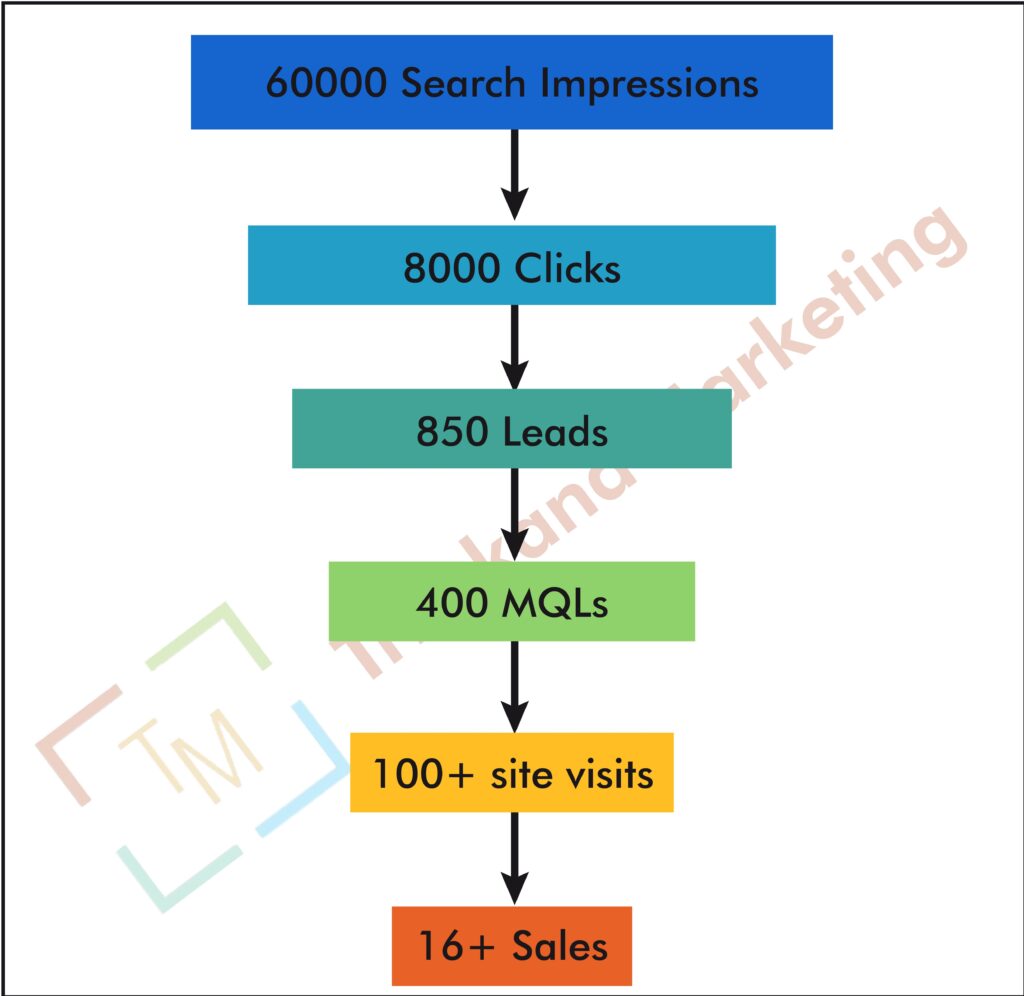Effective website management is the cornerstone of a successful online presence. It involves not just maintaining and updating content, but also ensuring security, performance, and user satisfaction. In this guide, we’ll explore best practices for managing your website to ensure it remains a valuable asset for your business.
-
Regular Content Updates
- Caption: “Keep your website fresh and engaging with regular content updates the key to retaining visitors and improving SEO.”
- Introduction: Regularly updating your website’s content is crucial for maintaining its relevance and effectiveness. Fresh content not only engages users but also helps improve your search engine rankings. Here’s how to keep your content uptodate:
- Schedule Regular Updates: Create a content calendar to plan and schedule updates. This ensures that new content is added consistently, keeping your site dynamic and engaging.
- Monitor and Refresh Existing Content: Regularly review and update existing content to ensure it remains accurate and relevant. This includes checking for broken links, outdated information, and opportunities for improvement.
- Incorporate User Feedback: Use feedback from users to guide your content updates. Address common questions, and concerns, and highlight popular topics to keep your content aligned with user interests.
-
Performance Monitoring
- Caption: “Optimize your website’s performance with continuous monitoring because speed and efficiency are crucial for user satisfaction.”
- Introduction: Website performance directly impacts user experience and search engine rankings. Monitoring performance helps identify issues and implement improvements. Key aspects include:
- Track Load Times: Use tools like Google PageSpeed Insights or GTmetrix to monitor your site’s load times. Aim for quick load times to reduce bounce rates and enhance user experience.
- Monitor Traffic and Behavior: Utilize analytics tools like Google Analytics to track user behavior, traffic sources, and site performance. Analyze this data to make informed decisions about improvements.
- Regular Testing: Conduct regular tests to identify and fix performance issues. This includes testing on different devices, browsers, and network conditions to ensure consistent performance.
-
Robust Security Practices
- Caption: “Protect your website with robust security measures safeguarding your data and ensuring trust.”
- Introduction: Website security is essential for protecting your data and maintaining user trust. Implement the following practices to secure your website:
- SSL Certificates: Ensure your website uses SSL certificates to encrypt data transmitted between your site and users. This is essential for protecting sensitive information and enhancing credibility.
- Regular Software Updates: Keep your website’s software, including CMS, plugins, and themes, uptodate. Updates often include security patches that address vulnerabilities.
- Use Strong Passwords and Authentication: Implement strong passwords and multifactor authentication (MFA) for user accounts. This reduces the risk of unauthorized access and enhances security.
- Regular Backups: Schedule regular backups of your website’s data to ensure you can quickly recover in case of data loss or a security breach.
-
Efficient Content Management
- Caption: “Streamline your content management with effective strategies making updates and organization a breeze.”
- Introduction: Efficient content management ensures that your website remains organized and uptodate. Consider these strategies:
- Use a CMS: Choose a content management system (CMS) like WordPress, Joomla, or Drupal to simplify content updates and management. A CMS provides an intuitive interface for editing and organizing content.
- Implement a Content Approval Process: Establish a workflow for content creation, review, and approval to maintain quality and consistency. This ensures that all content is vetted before publication.
- Organize Content with Categories and Tags: Use categories and tags to organize your content logically. This improves navigation and makes it easier for users to find relevant information.
-
SEO Optimization
- Caption: “Enhance your website’s visibility with effective SEO practices driving traffic and improving search rankings.”
- Introduction: Search engine optimization (SEO) is essential for increasing your website’s visibility and attracting organic traffic. Follow these best practices:
- Optimize OnPage Elements: Ensure your title tags, meta descriptions, headers, and content are optimized for relevant keywords. This helps search engines understand and rank your content.
- Create HighQuality Content: Produce valuable, informative, and engaging content that meets the needs of your target audience. Highquality content is more likely to attract links and improve your rankings.
- Build Backlinks: Earn backlinks from reputable websites to enhance your site’s authority and credibility. Focus on creating shareable content and building relationships with other industry professionals.
- Monitor SEO Performance: Use tools like Google Search Console to track your SEO performance and identify areas for improvement. Regularly review your rankings, traffic, and keyword performance.
-
User Experience (UX) Design
- Caption: “Enhance user satisfaction with a seamless UX design creating an intuitive and enjoyable browsing experience.”
- Introduction: User experience design is crucial for creating a positive and engaging website experience. Focus on the following elements:
- Responsive Design: Ensure your website is mobilefriendly and adapts to different screen sizes. A responsive design provides a consistent experience across devices.
- Intuitive Navigation: Design clear and userfriendly navigation menus to help visitors find information quickly and easily. Use logical categories and a search function to enhance usability.
- Clear CalltoActions (CTAs): Include prominent and actionable CTAs to guide users towards desired actions, such as making a purchase or signing up for a newsletter.
- Accessibility: Make your website accessible to users with disabilities by following accessibility guidelines. This includes providing alt text for images, ensuring color contrast, and enabling keyboard navigation.
-
Analytics and Reporting
- Caption: “Leverage analytics for datadriven decisions understanding performance and making informed improvements.”
- Introduction: Analytics and reporting provide valuable insights into your website’s performance and user behavior. Utilize these practices:
- Set Up Goals and Conversion Tracking: Define goals and track conversions to measure the effectiveness of your website in achieving business objectives. This helps you understand user interactions and optimize performance.
- Regularly Review Reports: Analyze reports from your analytics tools to identify trends, areas for improvement, and successful strategies. Use this data to make informed decisions about content and design.
- Adjust Strategies Based on Data: Use insights from analytics to refine your strategies and improve your website’s performance. Regularly review and adjust your approach based on datadriven findings.
-
Scalability and Future Proofing
- Caption: “Prepare for growth with scalable solutions ensuring your website evolves with your business needs.”
- Introduction: Planning for scalability ensures your website can grow and adapt to future needs. Consider the following:
- Choose Scalable Hosting Solutions: Select hosting providers that offer scalable options, such as cloud hosting or virtual private servers (VPS). This allows you to easily upgrade resources as your site grows.
- Design for Flexibility: Build your website with flexibility in mind, using modular design principles and scalable technologies. This ensures your site can accommodate new features and increased traffic.
- Stay Updated with Trends: Keep up with industry trends and technological advancements to ensure your website remains relevant and competitive. Regularly assess and integrate new tools and technologies.
Conclusion
Effective website management involves a combination of regular updates, performance monitoring, robust security, and usercentered design. By implementing these best practices, you can ensure your website remains efficient, secure, and engaging for users. Stay proactive in managing your site, leveraging data driven insights, and preparing for future growth to achieve long-term success in the digital landscape.



